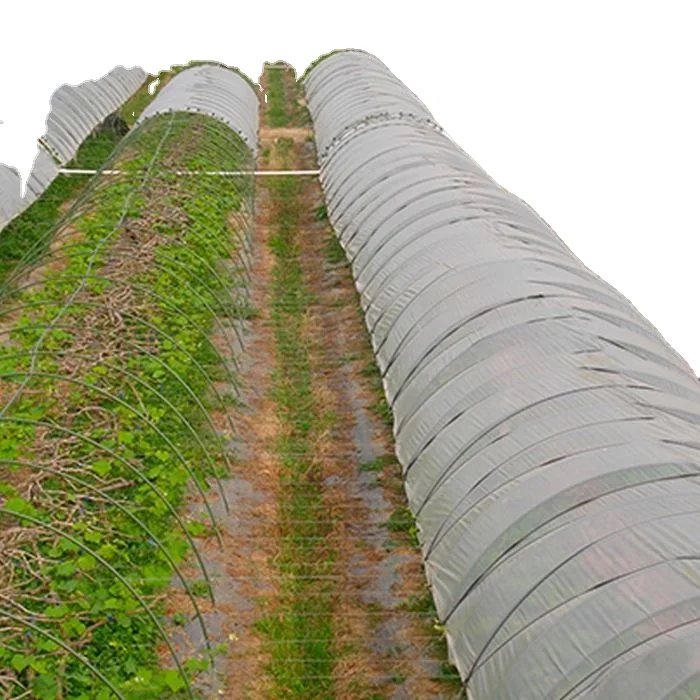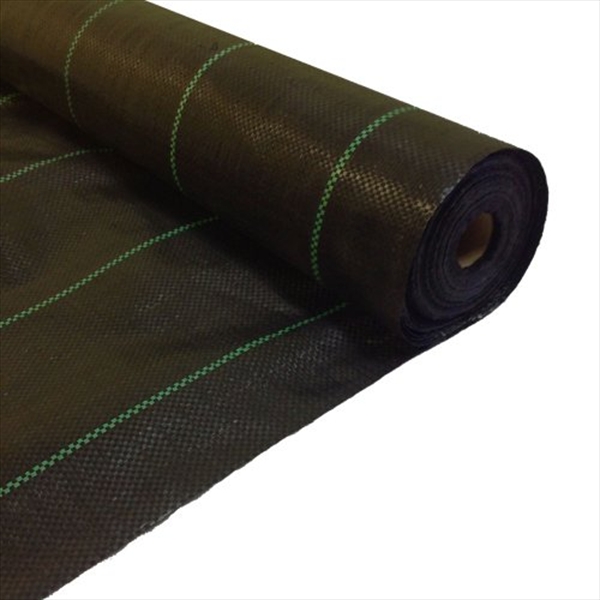
Non-Woven Industries Growth. Nonwoven fabric is a product of the petrochemical industry following the development of plastic fabric (film). It is lighter than plastic and offers more air circulation. It is often employed in medical and sanitary products such as napkins for sanitary use, facial towels, and filters, etc., and was later developed and applied in engineering. Non-woven fabrics are used in the production of vegetable products to prevent damaging the cold. While the manufacturing of non-woven fabrics is more complicated than plastic film production, the basic raw materials are virtually the same. This includes PE (polyvinylchloride), EVA(Ethylene Vinyl Acetate Copolymer), EVA/polyethylene, and PVA/polyvinyl ether. The standard plastic film is produced by melting the plastic then inflating it. It is a continuous film and the material is able to stretch to infinity. The film is smooth and has no pores. It is an impermeable substance that blocks the movement and exchange any molecules. Artificial chemical fibers from the mentioned sources became the preferred choice of the trade in textiles following the growth of the textile manufacturing industry. However these fibers are still woven into cloth through traditional warp and weft weaving. In contrast to traditional warp and weft techniques non-woven materials are created by interweaving fibers that originate from various directions. It is more robust than traditional woven fabrics and can be made from raw materials in just one day. It's less expensive than traditional weaving, which requires weaving yarn into fibers and then weaving. The past few years have seen the introduction of a wide range of non-woven fabrics being used in the fashion industry. Due to the advances in the field of materials science, as well as the advancement of and implementation of production technology nonwoven fabrics are becoming more diverse and are employed more frequently. Every day we come across various products and materials. Non-woven textiles are becoming increasingly well-known in the agricultural sector due to their ease of production, lightness, flexibility with low costs, and numerous applications. Look at this non woven landscape fabric for advice.

Non-Woven Fabrics for the Agricultural Industry. Non-woven fabrics first came into use in Europe in the year 1978. They were made to keep carrots warm in early harvesting and prevent whiteflies and tomato leaf virus. Non-woven fabrics are utilized in the United States for the mulching and protection of sweet peppers, tomatoes. carrots, root vegetables such as carrots. radishes. The cabbage. lettuce. They are mostly used to preserve heat, for early harvesting, as well as insect control. Non-wovens can be used to cover grass-proof mats and increase soil temperature. Short fibers are used to make water-absorbing blankets which are sprayed on nursery beds, allowing the roots to completely absorb water. They can be utilized to create turf or as garden grassland. They are utilized to grow large woody trees like garden trees and fruit trees. Non-woven fabrics, which are not weaved, are commonly used in Taiwan to cover crops. These fabrics are widely used to manage greenhouses' conditions of the environment and save energy. Double-layered canopy curtains and cover cut down on the solar radiation and heat loss in the evening. High-density spunbonded non-woven TAVIK fabrics were used in the beginning to shade and protect cauliflower bulbs. It was quickly adopted by farmers because of its thermal conductivity that was low and ability to shade. In the following years, it was employed for heat preservation and insect-proof cultivating of leaf vegetables. It also served as a shade and for heat preservation as well as cultivation for fruit trees and pineapples. Because of Taiwan's unique environment and climate, non-woven industry development has been slow. The Taiwanese manufacturers of nonwoven fabrics are continuing to innovate nonwoven technologies. The main focus of Taiwan nonwoven fabric manufacturing is water absorption, air permeability and water repellency. They have stepped up their research in order to enhance its capability to store and preserve agricultural products and hopes that it can develop more applications. See this agriculture non woven fabric suppliers for more info.
